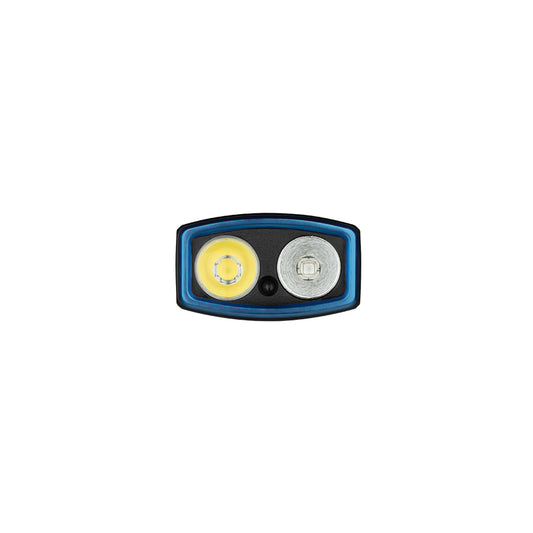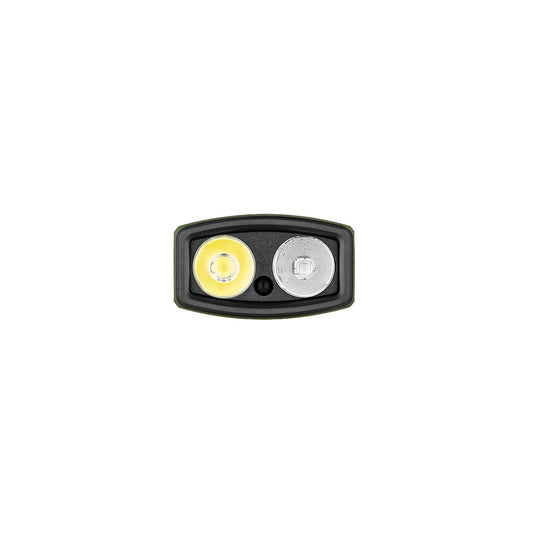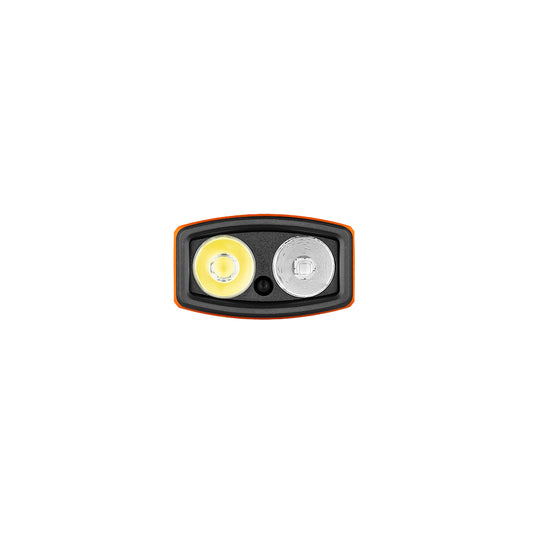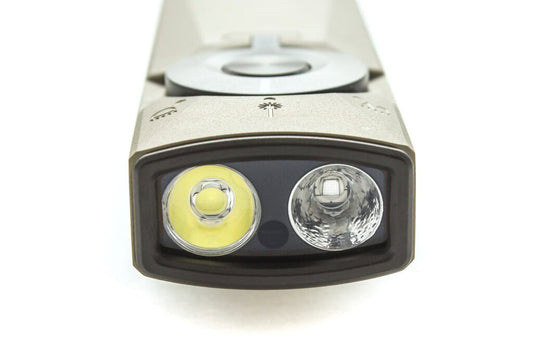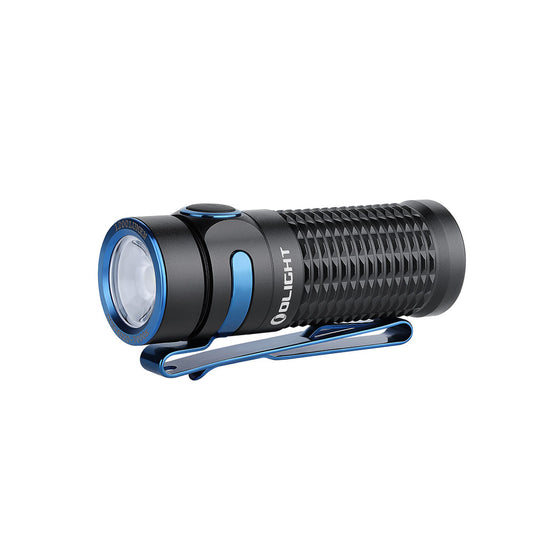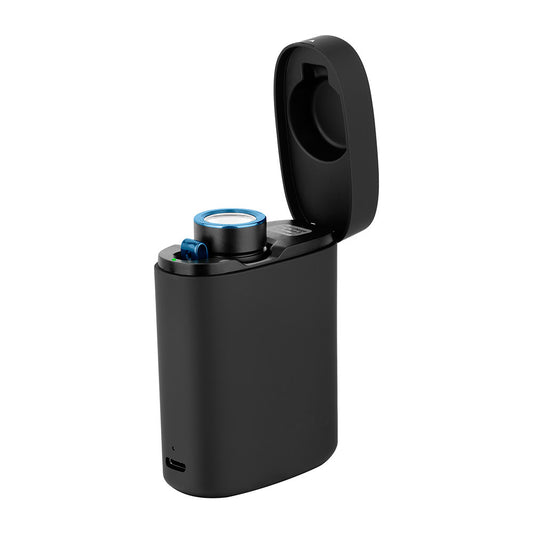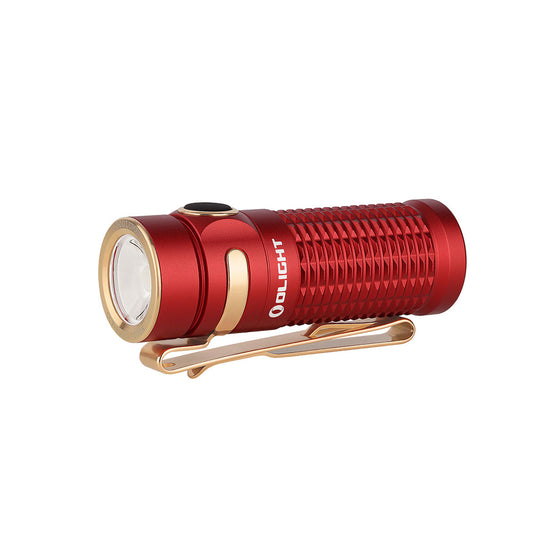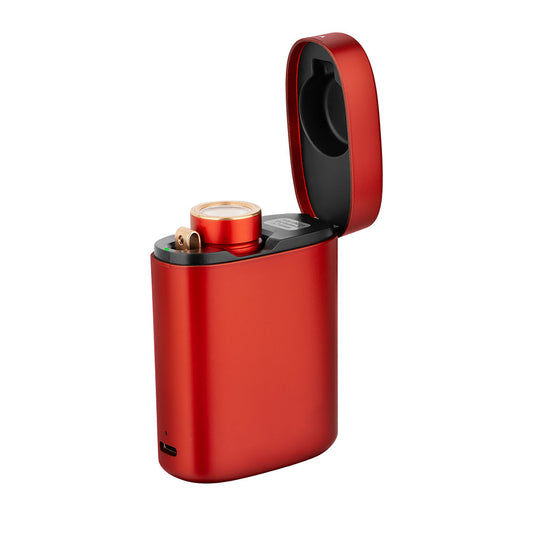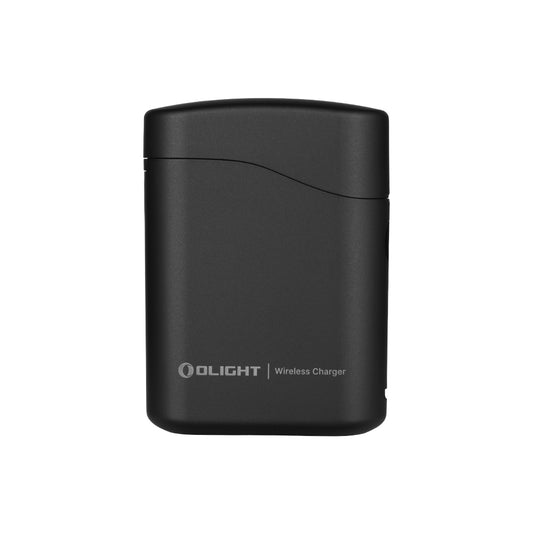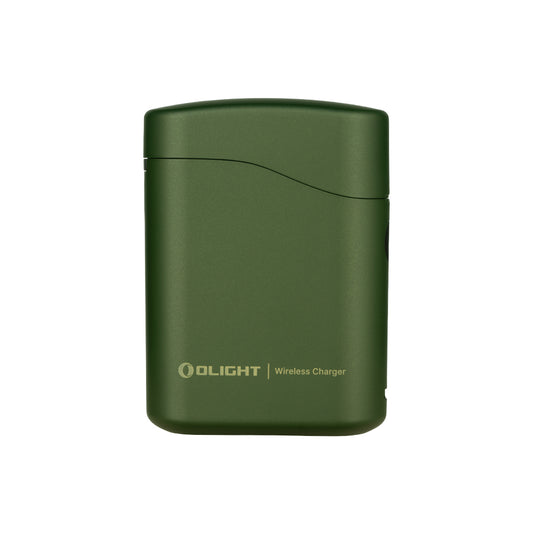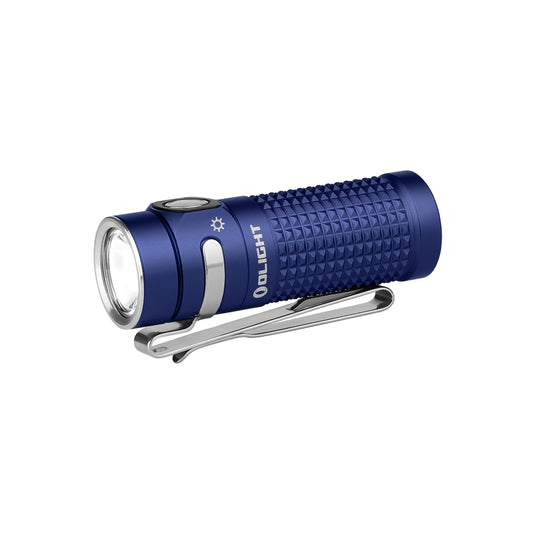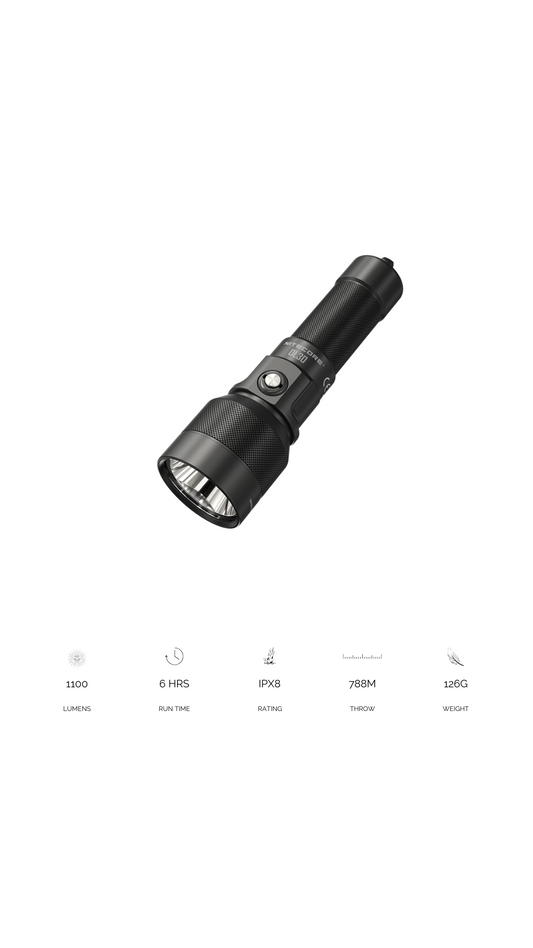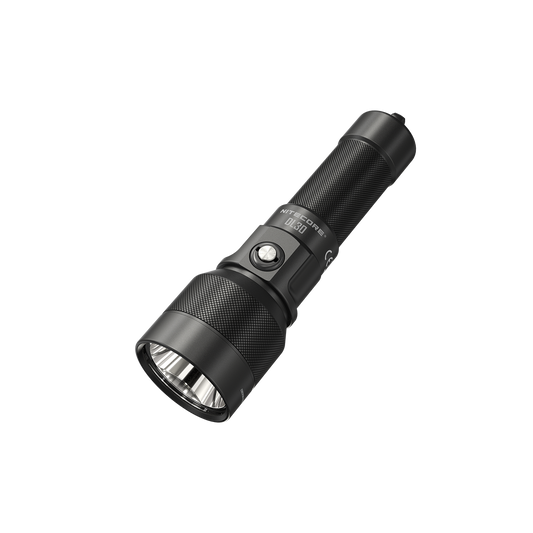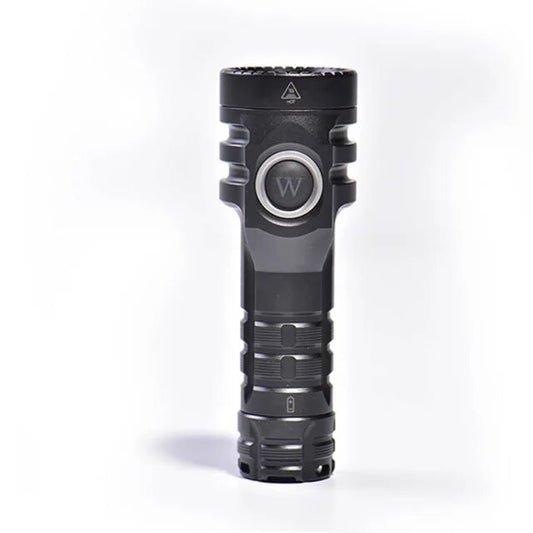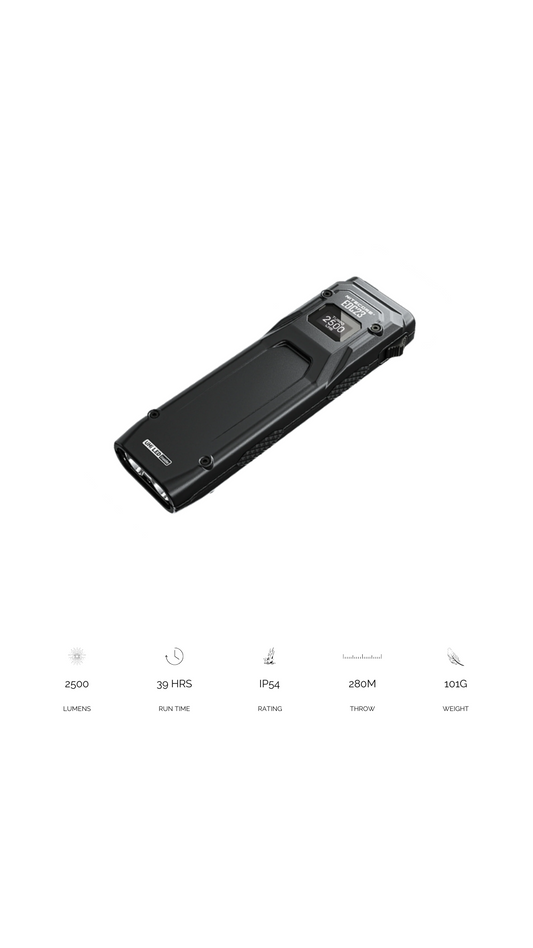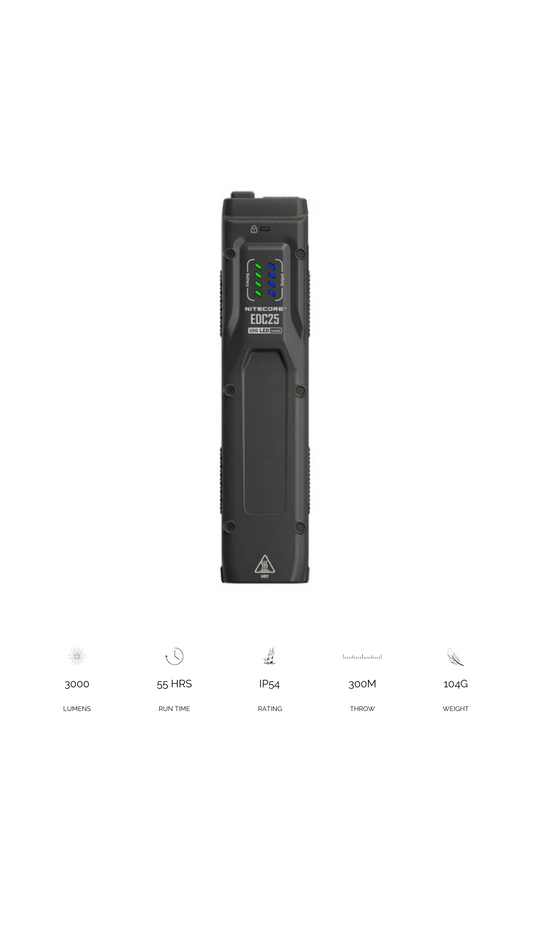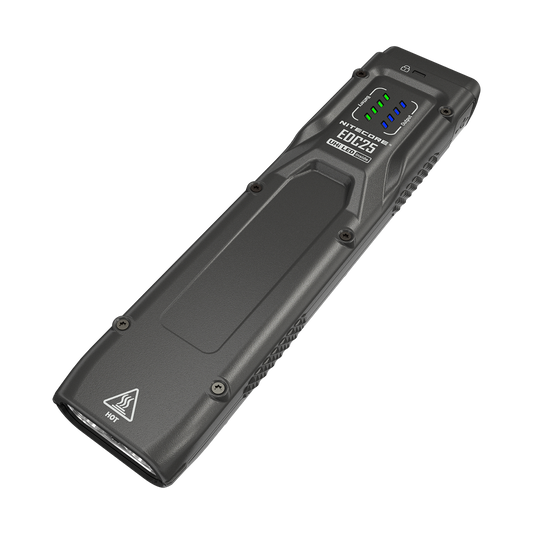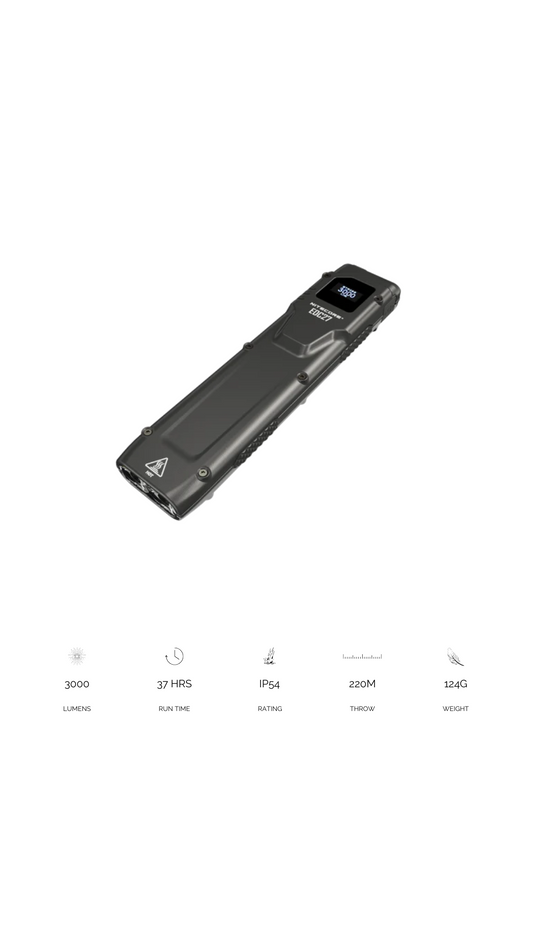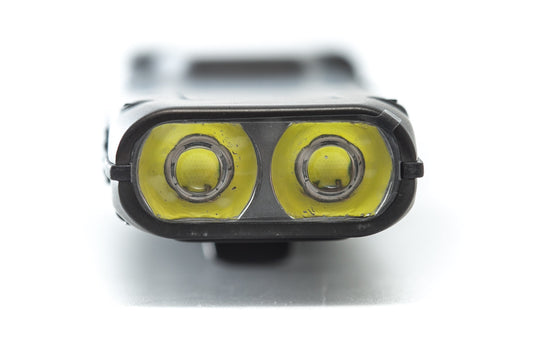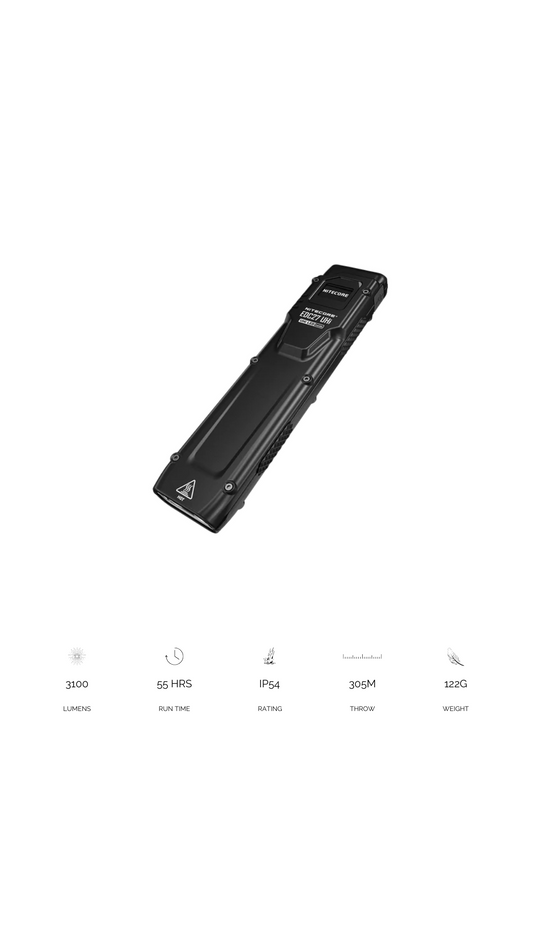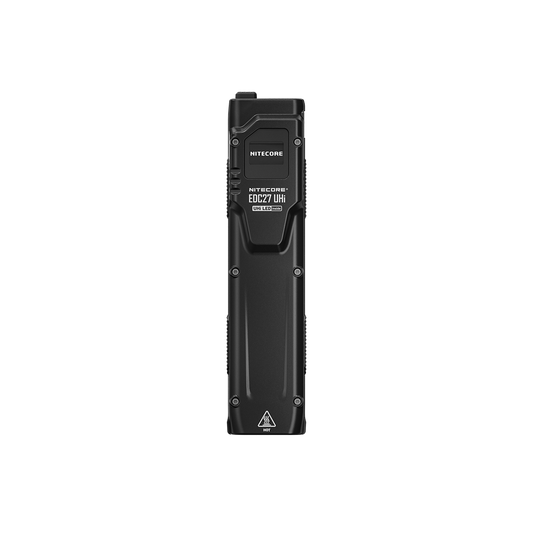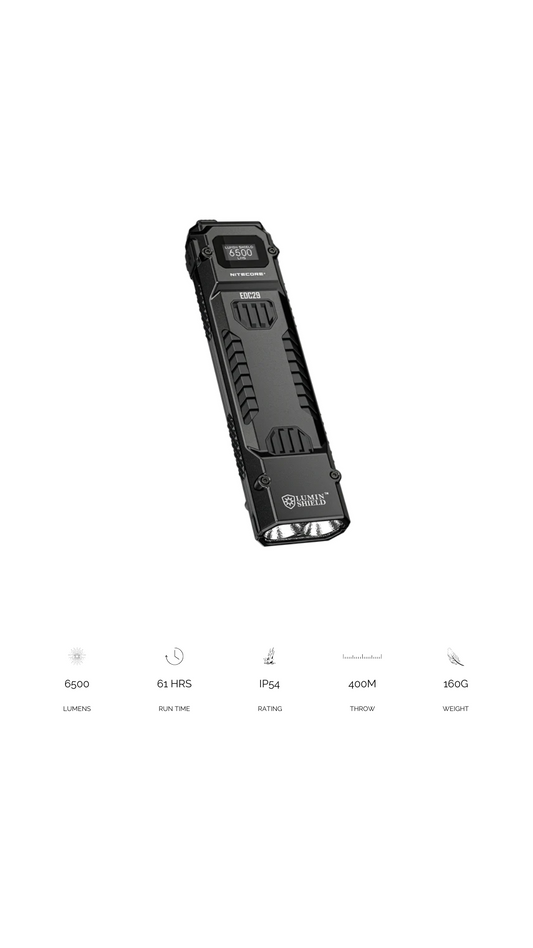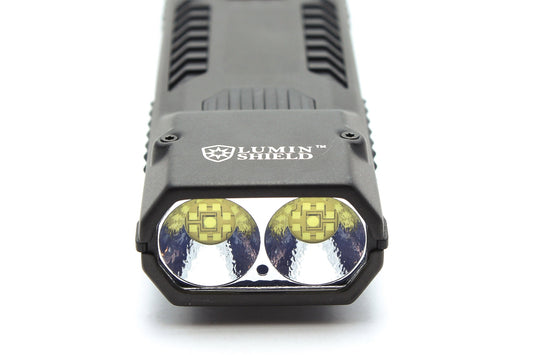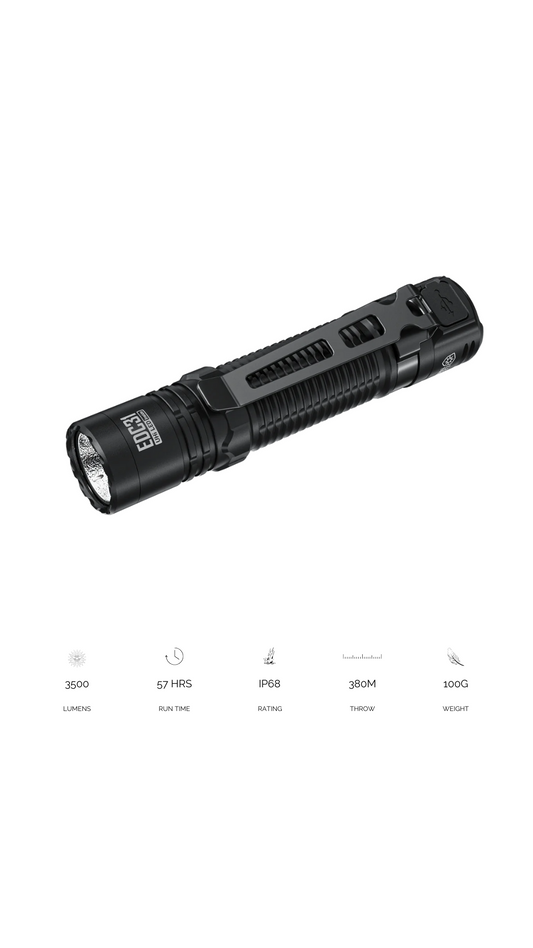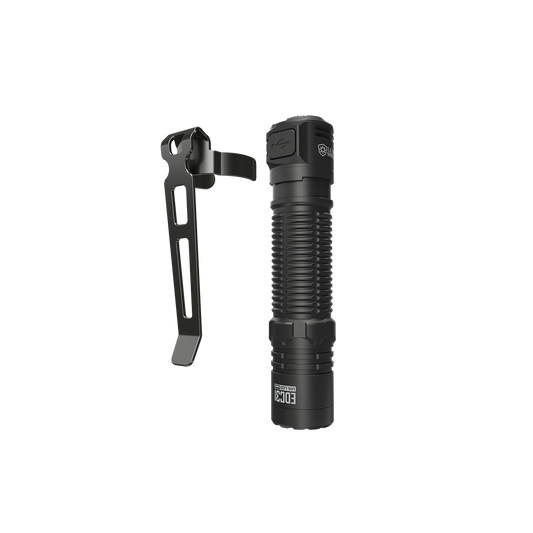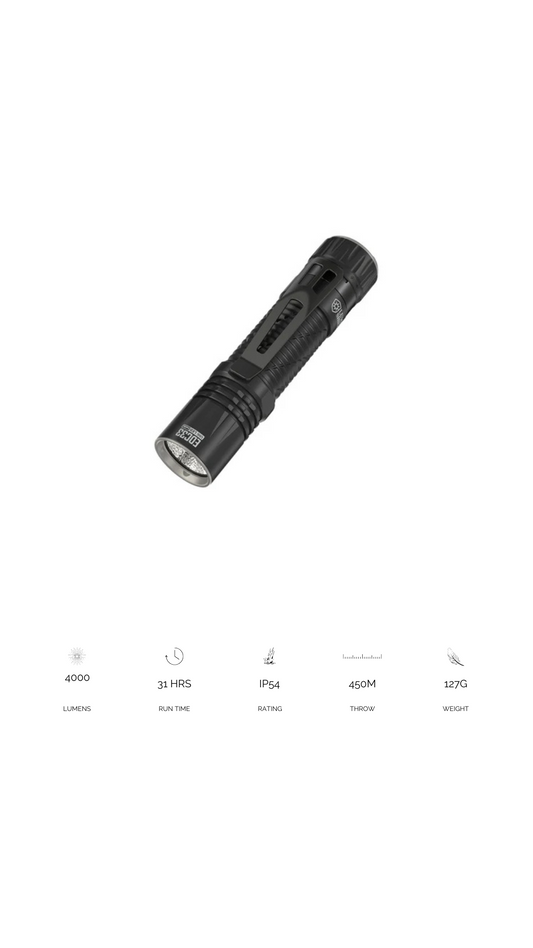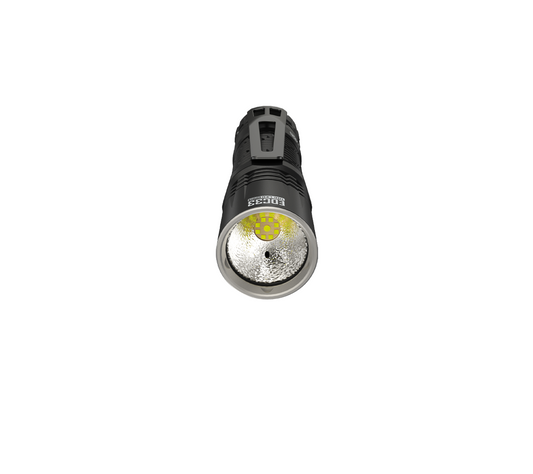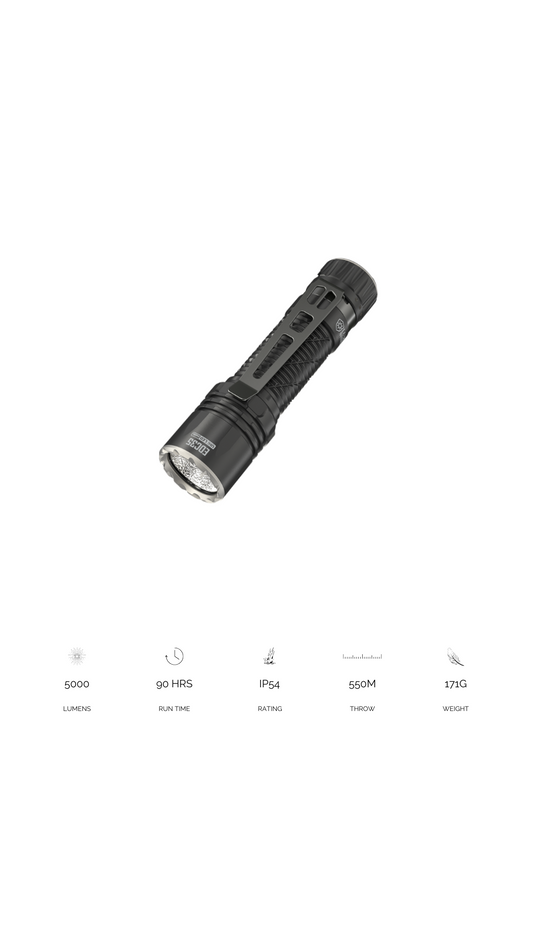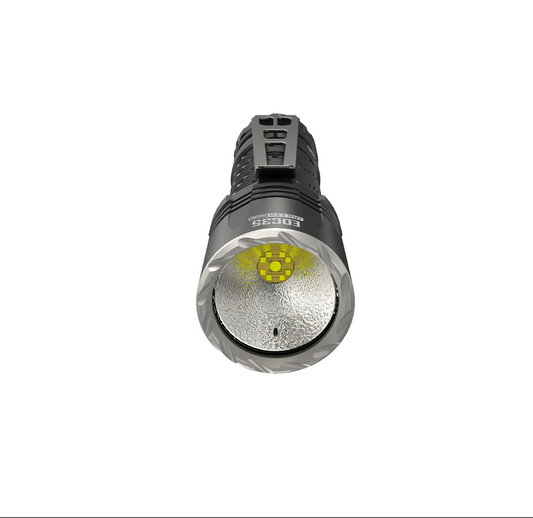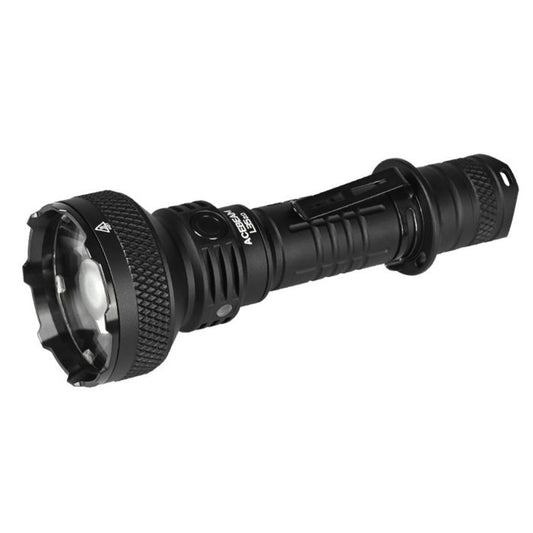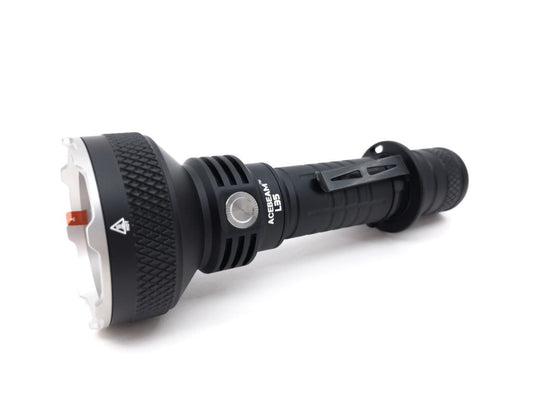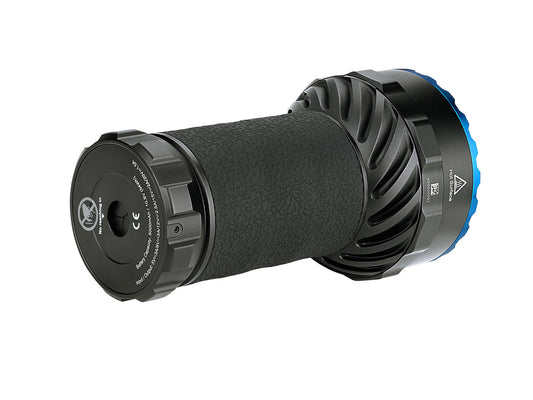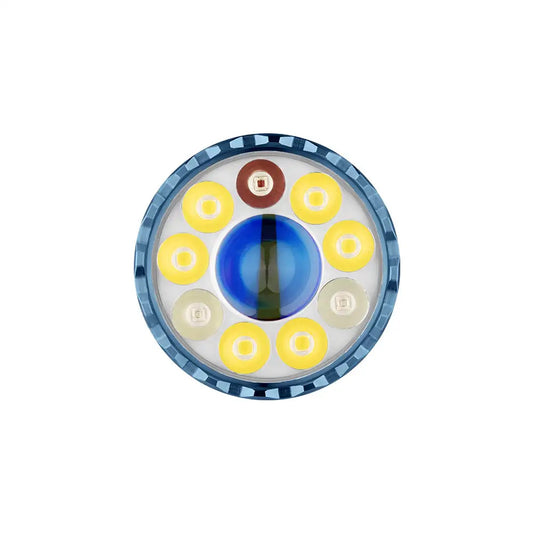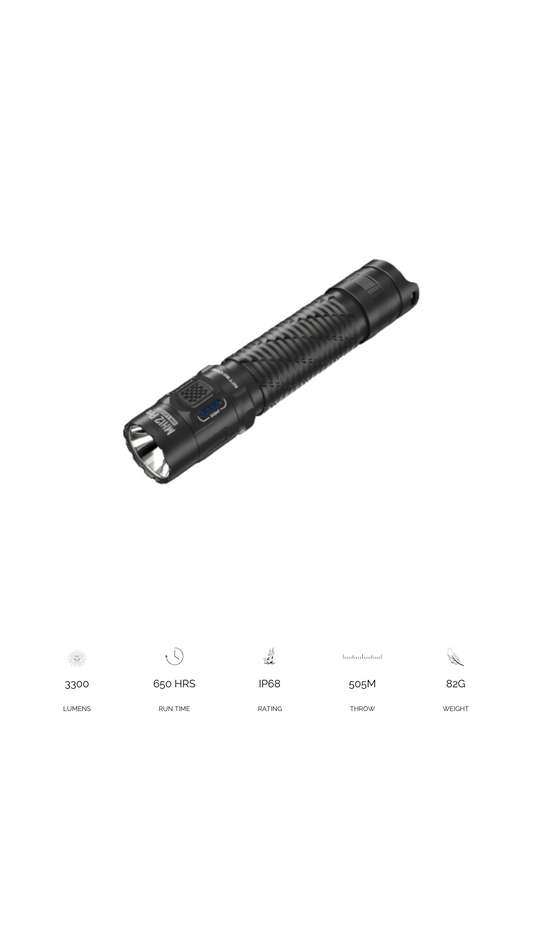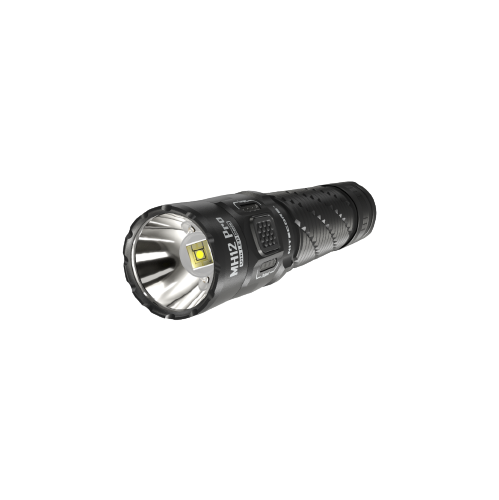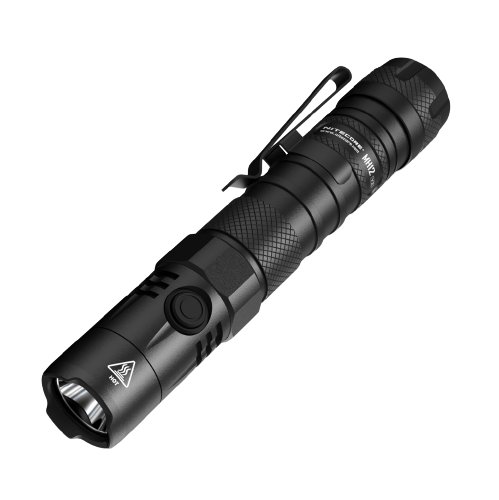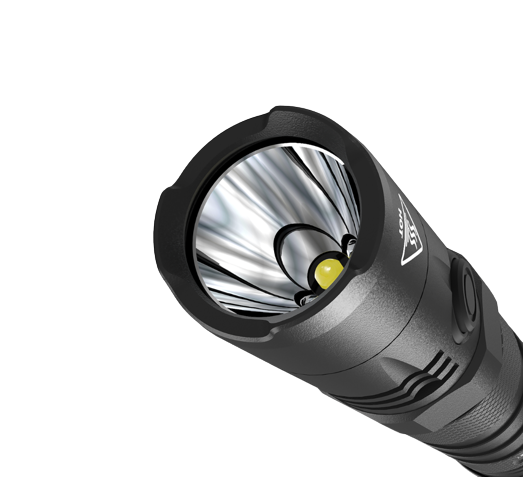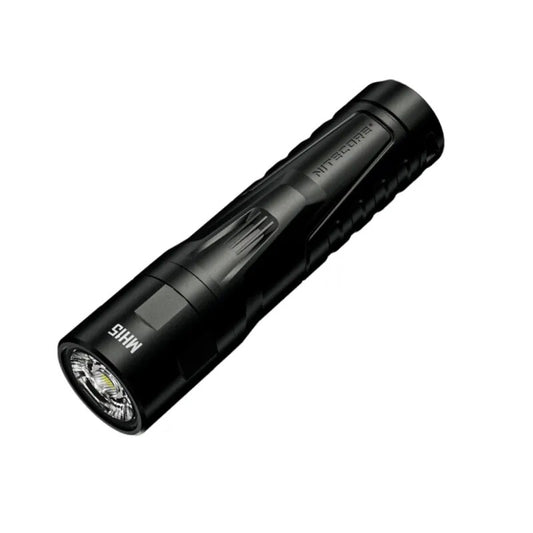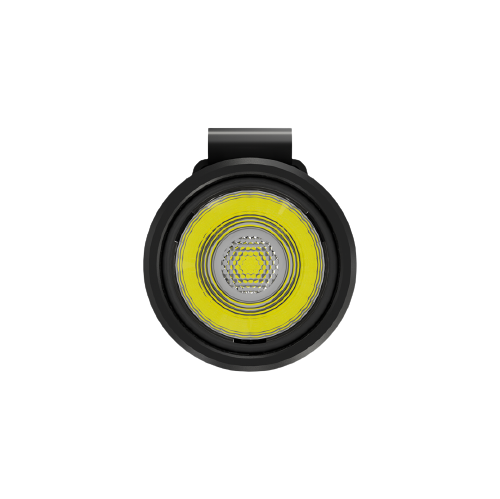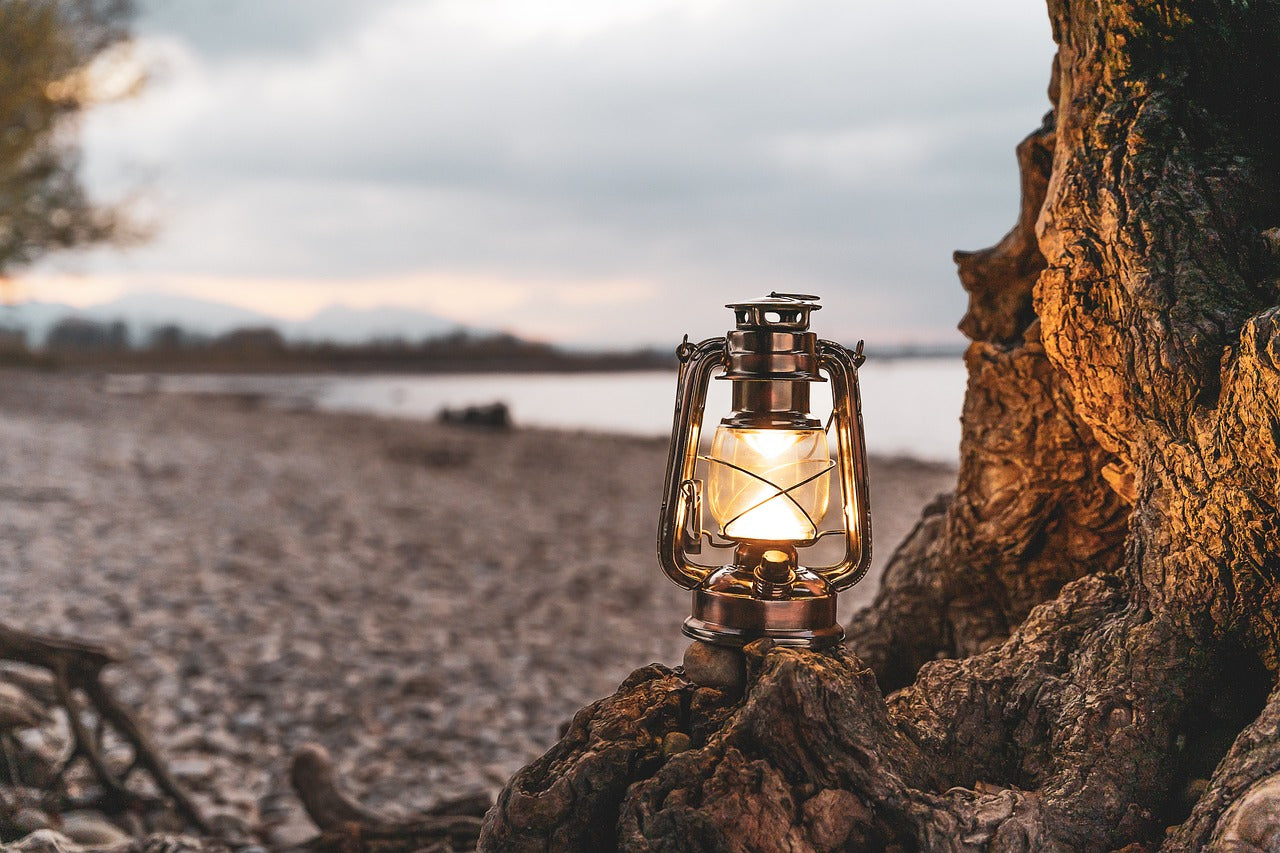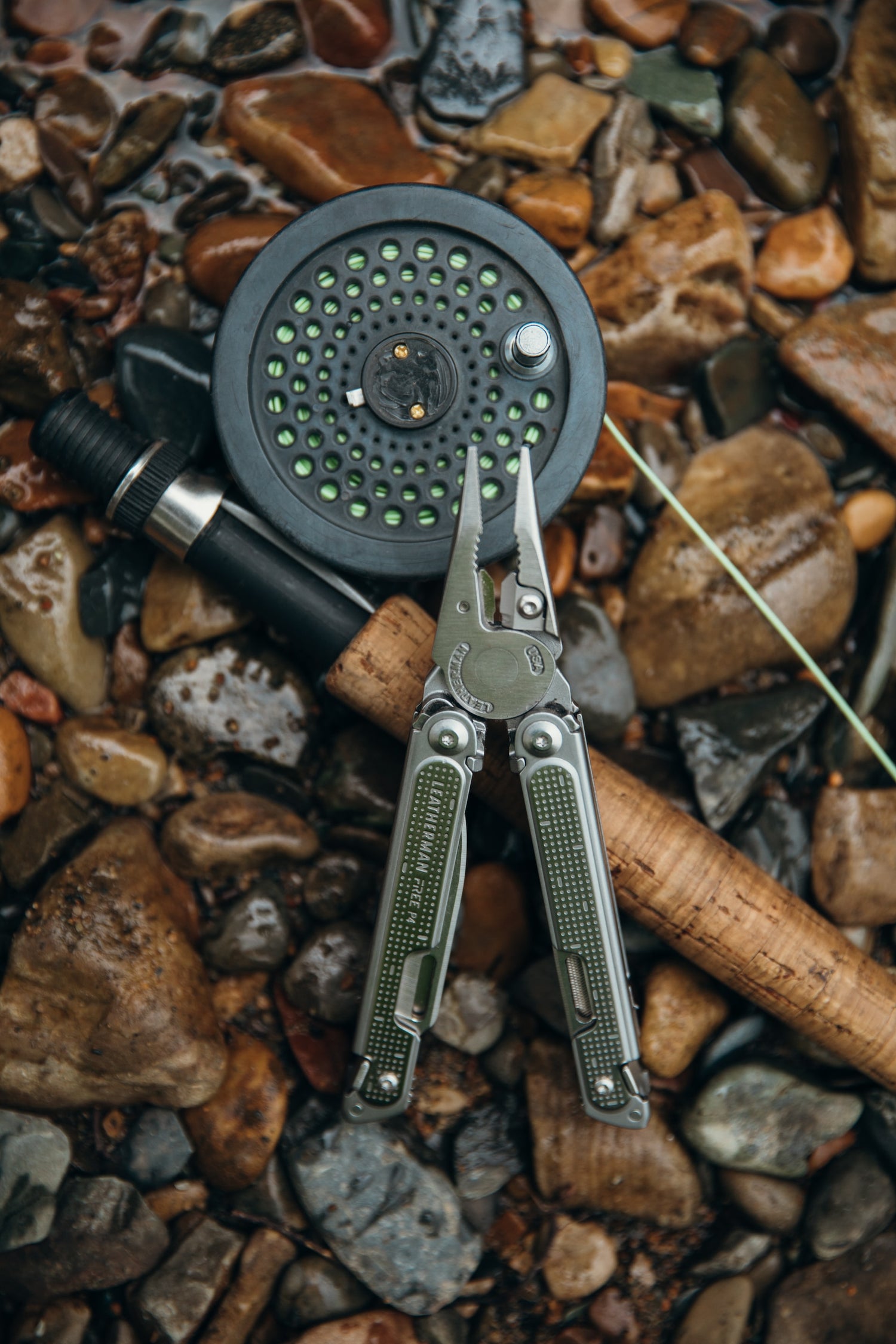
EDC eh? Start here. Part 4
A Good Blade
Unlocking the Benefits of an Everyday Carry (EDC) Knife
EDC knives are meticulously crafted for durability and long-term utility. Beyond their primary cutting functionality, these knives can also double as tools to conveniently sharpen other objects, readily accessible for immediate cutting needs. When in the process of selecting the perfect pocket knife for your everyday carry, one pivotal decision is determining the blade edge type. The frequently recommended choice is a plain edge, which we will delve into in greater detail shortly. Identifying the intended use for your folding knife provides valuable insight into the most suitable EDC blade for your requirements.
So what's with a knife.
Having a good knife in your Everyday Carry (EDC) kit can provide several benefits
1. Versatility: An EDC knife's versatility knows no bounds. Its razor-sharp blade is a jack-of-all-trades, excelling in a multitude of tasks. From cutting ropes, opening packages, and food preparation to serving as a self-defense tool during emergencies, the versatility of an EDC knife means it's always the right tool for the job.
2. Efficiency: Imagine effortlessly gliding through materials with precision and speed. That's the efficiency an EDC knife brings to your daily tasks. The sharpness and reliability of the blade mean less time and effort spent on cutting and slicing, making even mundane chores a breeze.
3. Emergency Preparedness: An EDC knife is your silent partner in times of crisis. Need to cut a seatbelt to escape a vehicle? Break a window for a swift exit? Build a makeshift shelter? Your trusty EDC knife has you covered. It's a compact emergency tool that can mean the difference between safety and uncertainty.
4. Self-Defense: While its primary function is utility, an EDC knife can serve as a last-resort self-defense tool. With proper training and responsible use, it can deter threats in dire situations. However, it's essential to emphasize the responsibility that comes with such capability.
5. Durability: Investing in a quality EDC knife pays off in longevity. Crafted from premium materials like stainless steel, these knives are built to withstand daily wear and tear. They're your reliable companion for the long haul, capable of enduring the rigors of everyday use.
6. Compactness: The hallmark of an EDC knife is its compact and portable design. These knives are purpose-built to be discreet and easy to carry. Whether nestled in your pocket or clipped to your belt, they're always within reach, ready to assist when you need them most.
7. Utility: Beyond emergencies and routine tasks, an EDC knife is a versatile tool for various outdoor activities, camping adventures, and hobbies. Its usefulness extends to cutting, crafting, and preparing, making it an indispensable asset in various aspects of your life.
Selecting Your Ideal EDC Knife
It all depends on your intended use case. Perhaps you need more than just one knife. Here's a few things to look into when choosing a blade.
1. Fixed or Folding Blade: The choice between a fixed or folding blade depends on your intended method of carry. Folding knives offer concealment and pocket-friendly convenience. Fixed blades, on the other hand, are visible on tactical belts or backpacks, prioritizing immediate access and often showcasing their strength.
2. Locking Mechanism: Modern folding knives are equipped with advanced locking mechanisms for stability. The Lockback features a release button on the handle's back for ambidextrous operation. In contrast, the Liner Lock relies on a flange within the blade housing, ensuring secure blade deployment and closure.
3. Clip Style: Your choice of clip style impacts how and where your EDC knife can be carried. A concealed folding knife can be safely nestled within your pocket or securely clipped to the pocket's exterior. Opt for a clip design with multiple screws to enhance stability, and consider using a thread locker to prevent screws from loosening over time.
4. Blade Material: Knife blades are typically composed of steel, with over 80 varieties available. Quality correlates with cost, with more expensive blades boasting higher carbon content, enhanced strength, and superior edge retention. Prioritize blade material quality for optimal performance. The blade material is a critical factor in selecting an EDC knife. Options include stainless steel, carbon steel, and titanium.
- Stainless steel: is rust-resistant and low-maintenance,
- Carbon steel: offers good edge retention but requires more maintenance, and
- Titanium: is lightweight but less hard.
- Then theres Damasteel Blades: These are forged at high temperatures and then cryogenically treated in stainless steel, offering exceptional quality and durability.
5. Blade Edge Type: The blade edge type you choose should align with your specific needs. Each blade type offers distinct advantages and disadvantages, tailored to your everyday situations.
- Sheepsfoot Blade: The Sheepsfoot blade shape, as the name suggests, features a long cutting surface compared to other knife shapes. It possesses a continuous cutting edge with an unsharpened back spine that gently curves down to meet the sharp edge. This design excels in heavy-duty tasks like chopping and slicing without risking damage to your food due to a pointy tip.
- Clip Point Blade: Among the three most common blade shapes, the Clip Point features an unsharpened edge starting at the handle and extending to a point typically located one-third to one-fourth of its length from the base. From there, it tapers in thickness, forming either a straight or curved shape, similar to an S. This thinning false edge enhances its versatility and cutting precision.
- Drop Point Blade: Drop point knives offer strength and durability, with one side being thicker while still providing an angled edge for precise slicing. The gradual drop in height along the blade's length contributes to its balanced performance.
- Spearpoint Blade: Resembling a needlepoint, the Spearpoint blade excels in precise cuts and piercing. It usually features sharpened edges on both sides with a spine in between, resembling a dagger. Its symmetrical design minimizes drag, enhances accuracy, and aligns the tip on the centerline for superior sharpness.
- Tanto Blade: Inspired by Japanese tradition, the Tanto Blade boasts an angled tip reminiscent of a chisel or ice pick. The angle of the point varies in steepness, affecting its strength. Most Tanto blades also have a slight belly or up-sweep in the main edge.
- Upswept Blade: This blade design traces its origins to Persia and is characterized by an upward curve. It can be seen in the Persian Dagger design, which has an upswept blade resembling the letter "S." The curved tip prevents wounds from closing and allows blood to flow freely
6. Blade Length: The blade length impacts the knife's suitability for tasks. Smaller blades, ranging from 3 to 4 inches, are ideal for everyday chores like opening packages. Larger blades, around 4 to 5 inches, offer increased cutting power and are suitable for more demanding activities such as woodwork.
7.Blade Material: The blade material is a critical factor in selecting an EDC knife. Options include stainless steel, carbon steel, and titanium. Stainless steel is rust-resistant and low-maintenance, carbon steel offers good edge retention but requires more maintenance, and titanium is lightweight but less hard. Damasteel Blades: These are forged at high temperatures and then cryogenically treated in stainless steel, offering exceptional quality and durability
8. Handle Materials: EDC knife handles come in various materials, each with its own set of attributes. Titanium handles offer durability and lightness, while wood scales provide a traditional and visually appealing option. Choose a handle material that aligns with your preferences for aesthetics, weight, and grip.
9. Opening and Locking Mechanisms: Evaluate the ease of opening and the reliability of the locking mechanism. Some knives offer one-handed operation, enhancing convenience. Spring-assisted mechanisms reduce the effort required and are ideal for self-defense situations. Ensure that the locking mechanism securely holds the blade in place to prevent accidental closures. Opt for a knife with a secure locking mechanism to prevent accidental closures. Common types include liner locks, frame locks, lock backs, button locks, or bolt actions.
10. Pocket Clip and Safety Lock: A pocket clip adds convenience to your EDC knife, allowing for secure carry in your pocket or on your belt. Some knives feature safety locks to prevent unintended openings, providing an additional layer of safety and security.
Lastly, always adhere to local knife laws and regulations, which may vary by location and specify rules for folding pocket knives versus fixed blade knives.
In conclusion, selecting the right EDC knife is a thoughtful process that requires consideration of various factors to ensure the tool suits your specific needs and preferences. By prioritizing quality, suitability, and responsible usage, you can make an informed choice and invest in an EDC knife that will serve you effectively for a lifetime.


